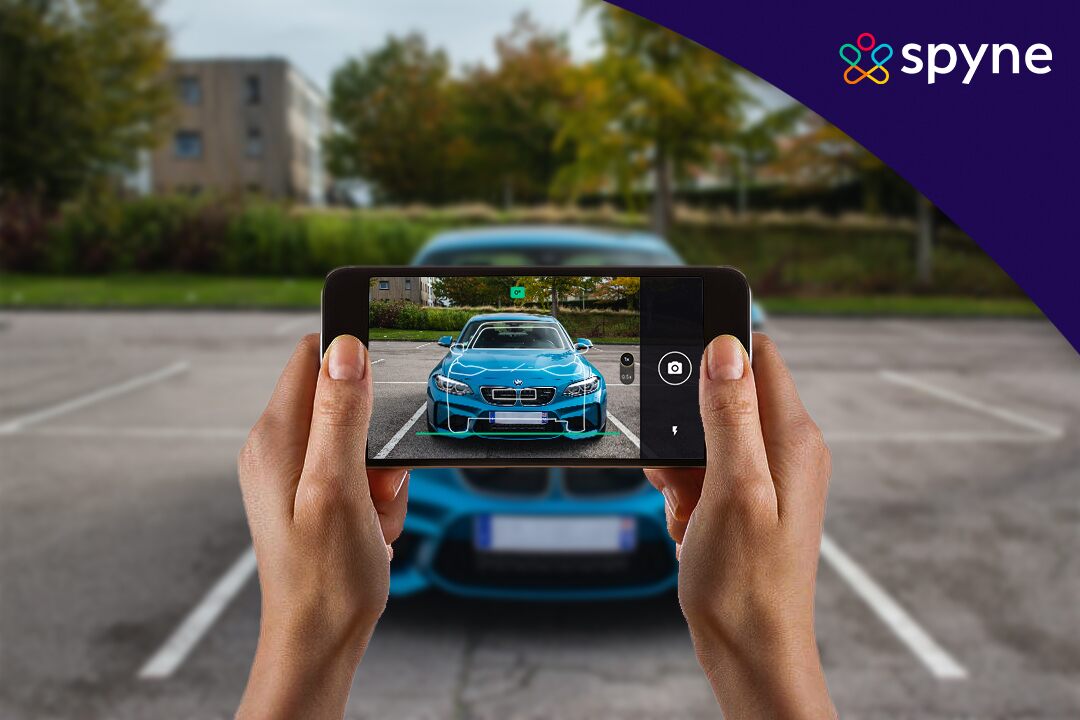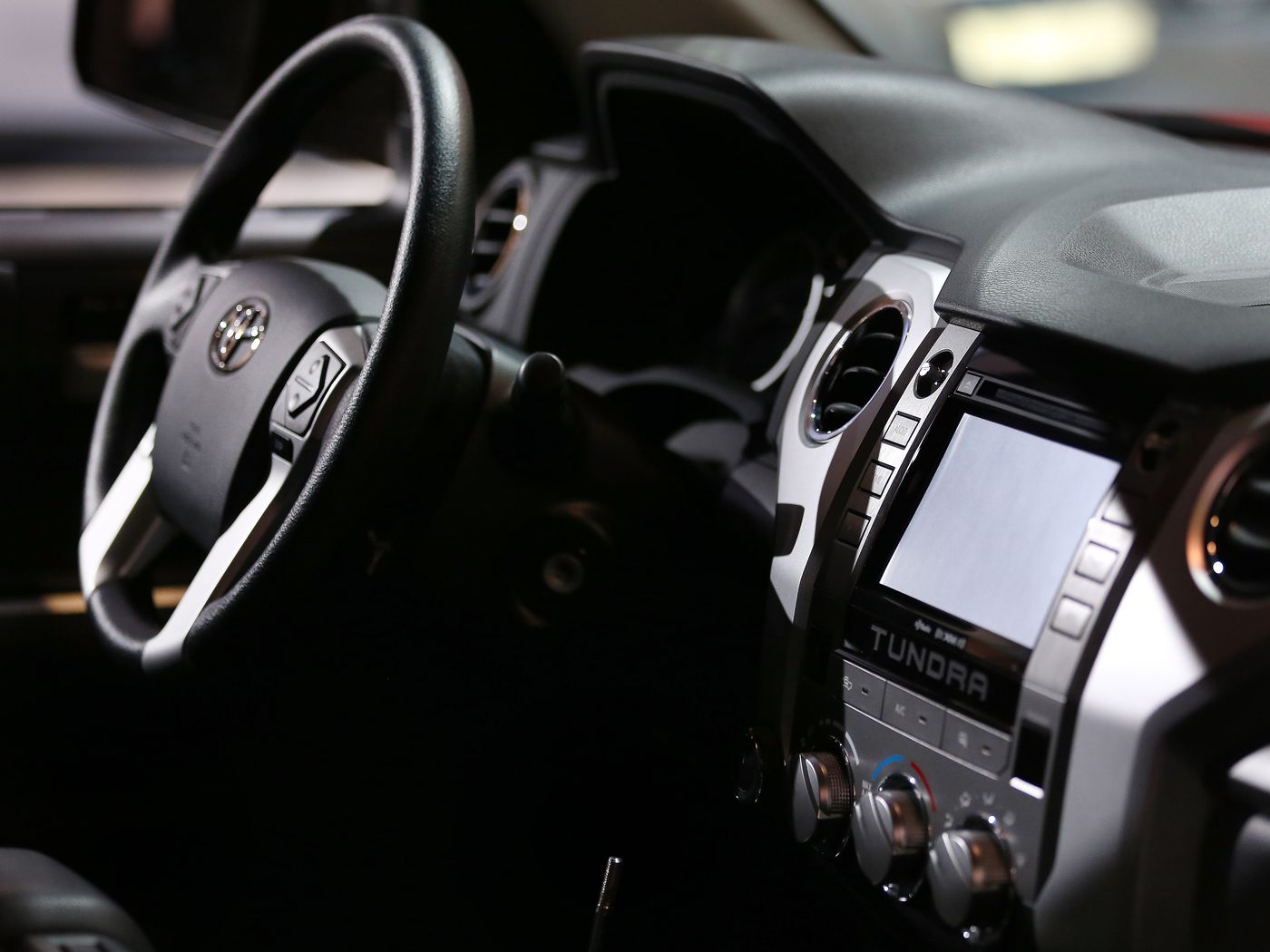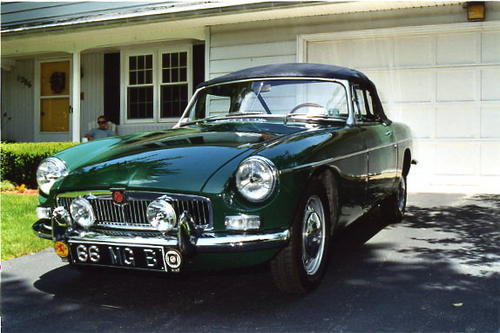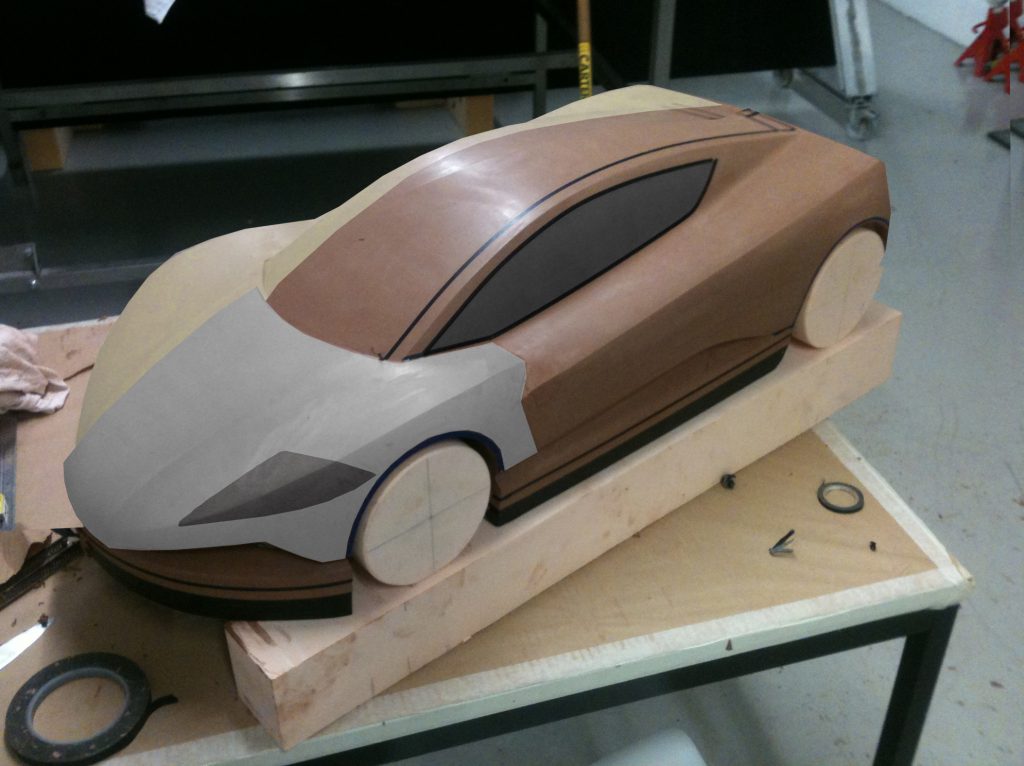Introduction
Automotive photography is a fascinating niche that marries the art of photography with the love of automobiles. It’s more than just capturing cars; it’s about telling their stories, showcasing their design, and evoking emotions through images. In this blog post, we will delve into the world of automotive photography, exploring the techniques, equipment, and passion that go into creating stunning automotive images.
The Gear
Before we delve into the creative aspects of automotive photography, let’s talk about the tools of the trade. While it’s true that you can take remarkable photos with just a smartphone, professional automotive photographers often use specialized equipment to achieve the best results.
Camera: High-quality cameras with interchangeable lenses are the go-to choice for serious automotive photographers. DSLRs and mirrorless cameras allow for greater control over settings like aperture, shutter speed, and ISO, essential for capturing the perfect shot.
Lenses: The choice of lens depends on the desired outcome. Wide-angle lenses are great for capturing the overall look of the car, while telephoto lenses can create stunning close-ups of details. Prime lenses are popular for their sharpness and low-light performance.
Tripod: A stable base is crucial for long exposure shots and for avoiding camera shake. Invest in a sturdy tripod to keep your shots sharp and consistent.
Filters: Polarizing and ND (Neutral Density) filters can help reduce glare and control exposure in challenging lighting conditions.
Lighting: Natural light is often preferred, but for controlled studio shots or night photography, artificial lighting sources such as strobes or softboxes can be essential.
The Art of Composition
Now that you have your gear in order, it’s time to focus on the creative aspects of automotive photography. Composition plays a pivotal role in crafting compelling images.
Angles: Experiment with different angles to highlight the car’s best features. Low angles can make a car look more imposing, while high angles can emphasize its sleek lines.
Framing: Use elements in the environment, such as trees, buildings, or reflections, to frame the car and draw attention to it.
Rule of Thirds: Apply the rule of thirds to create a visually pleasing composition. Imagine dividing your frame into a 3×3 grid and place the car or key elements along these lines or at their intersections.
Leading Lines: Utilize leading lines, like roads or tracks, to guide the viewer’s eye towards the car.
Foreground and Background: Pay attention to what’s in the foreground and background of your shot. A cluttered background can distract from the car, while a well-composed background can enhance the overall image.
The Magic of Lighting
Lighting is one of the most critical elements in photography, and it holds true for automotive photography as well.
Golden Hours: The hours just after sunrise and before sunset, known as the golden hours, provide soft, warm light that can make your car photos truly stunning.
Overcast Days: Cloudy days can provide diffused, even lighting, reducing harsh shadows and highlights. This is ideal for capturing details and textures.
Artificial Lighting: When shooting at night or indoors, use artificial lighting creatively. Experiment with different angles and intensities to create dramatic effects.
The Power of Post-Processing
Post-processing plays a significant role in automotive photography. Editing software like Adobe Lightroom or Photoshop can help you enhance your images.
Color Correction: Adjust the colors to make them pop or match the car’s original hues accurately.
Contrast and Exposure: Fine-tune contrast and exposure to ensure a balanced and dynamic image.
Retouching: Remove distractions, blemishes, or unwanted reflections to create a flawless look.
Cropping: Crop your image to improve composition or eliminate unwanted elements.
Finding Your Style
Every photographer has a unique style that sets their work apart. Experiment with different techniques and approaches to discover your signature look in automotive photography.
Macro Photography: Zoom in on the car’s details, such as emblems, grilles, or wheels, to reveal its personality.
Action Shots: Capture the car in motion, whether it’s racing down a track or kicking up dust on a dirt road.
Environmental Portraits: Incorporate the car into its surroundings, telling a story about where it’s been and where it’s going.
The Passion Behind the Lens
Ultimately, what sets apart exceptional automotive photographers is their genuine passion for cars. Whether you’re photographing classic cars, exotic sports cars, or everyday vehicles, your love for automobiles will shine through in your work.
Joining car clubs and attending automotive events can provide access to unique vehicles and passionate owners who are more than willing to let you photograph their prized possessions.
Conclusion
Automotive photography is a blend of technical skill and artistic vision. It’s a journey where you can explore the world of cars through the lens of your camera, capturing their essence, power, and beauty for others to admire. With the right gear, composition techniques, lighting, and post-processing, you can turn your love for cars into a captivating art form, leaving a lasting impression on anyone who sees your work. So grab your camera, hit the road, and start capturing the essence of cars like never before.






